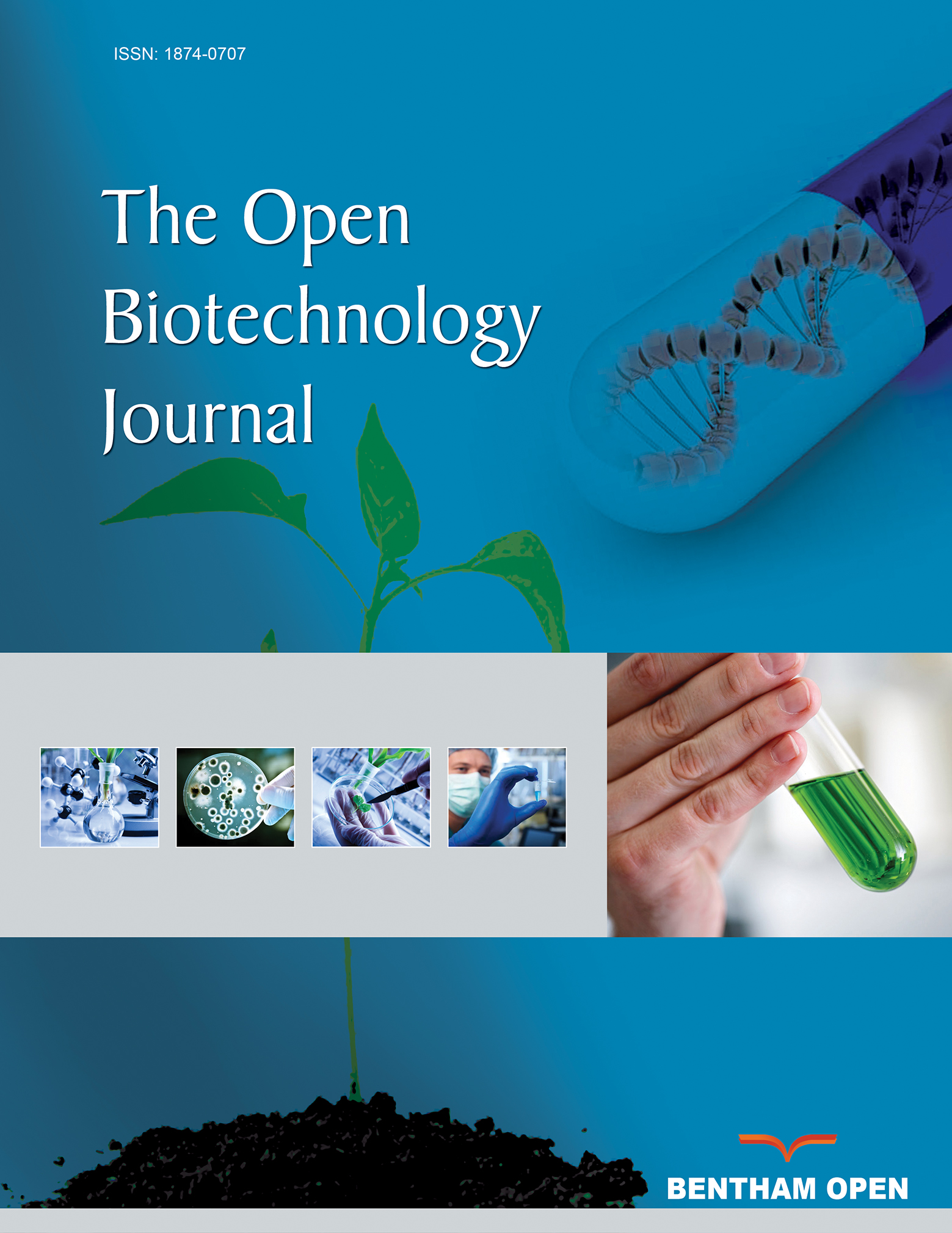All published articles of this journal are available on ScienceDirect.
The Effectiveness of UV-C Light for Inactivating Listeria monocytogenes Bacteria and its Impact on Apple Juice
Abstract
Background:
Apple juice is useful for preventing cardiovascular disease, degenerative disease, and cancer. The supply of apple juice is often contaminated with microbes due to raw materials and different processing methods. This study aimed to determine the effectiveness of inactivating L. monocytogenes bacteria using UV-C light by observing its impact on vitamin C content, pH, and color of apple juice.
Methods:
The research sample was Manalagi apple juice contaminated with L. monocytogenes bacteria. The treatment used UV-C with a wavelength of 185-280 nm and the optimum intensity at 256 nm. The light intensity used for the treatment was 0-125 mW/cm2, with treatment times of 30 minutes and 60 minutes.
Results:
The results showed that the inactivation of bacteria with a light intensity of 125 mW/cm2 for 30 minutes reduced the number of bacteria by 0.49 ± 0.02 log10, while the inactivation for 60 minutes was able to reduce the number of bacteria by 1.01 ± 0.02 log10. Treatment using UV-C reduced the content of vitamin C, raised the pH, and changed the color of apple juice.
Conclusion:
Treatment using UV-C with higher intensity was effective in reducing the number of large bacteria but had the potential to decrease the vitamin C content and change the color of apple juice to brown. Treatment using UV-C with an intensity of 100 and 125 mW/cm2 affected the smell of apple juice.


